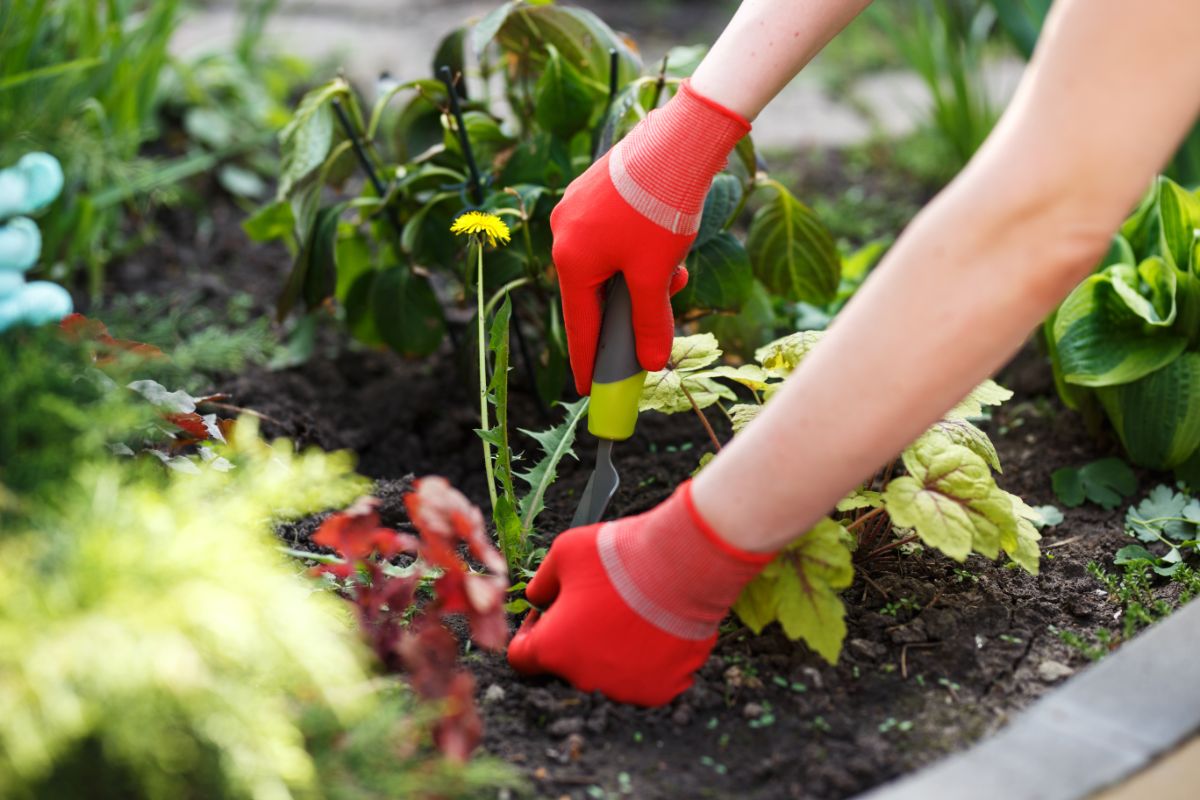Keep Weeds Out of Your Garden

A thriving garden is a sight to behold, but maintaining its beauty and health requires a vigilant approach to weed control. Weeds are unwelcome guests that can rob your plants of nutrients, water, and sunlight. In this article, we'll dive into the basics of weeding and explore effective techniques to keep these unwanted visitors out of your garden.
Understanding Weeds - Weeds are essentially plants that grow where they are not wanted. They often have a knack for colonizing gardens, lawns, and flowerbeds, outcompeting desirable plants and diminishing the overall aesthetic of your outdoor space. Common weeds include dandelions, crabgrass, chickweed, and bindweed, among others.
Why Is Weed Control Important? Weed control is crucial for several reasons:
Nutrient Competition: Weeds can siphon off essential nutrients from your garden plants, leading to stunted growth and poor yields. Water Competition: Weeds compete with your garden plants for water, often leaving them thirsty and stressed. Aesthetic Appeal: Weeds can quickly overtake the beauty of your garden, making it look unkempt and unattractive. Disease and Pest Hosts: Some weeds can harbor pests and diseases that can spread to your desirable plants.
Weeding Techniques - Now that we understand the importance of weed control, let's explore some effective weeding techniques:
1. Hand Pulling: For smaller infestations, hand pulling is the most straightforward method. Grab weeds at the base and pull gently, ensuring you remove the entire root system. Be diligent in removing the weeds before they flower and set seeds. 2. Use Garden Tools: For larger areas or stubborn weeds with deep roots, consider using hand tools like hoes, weed pullers, or weeding knives. These tools can help you dig out weeds while minimizing soil disturbance. 3. Mulch: Apply a layer of mulch to your garden beds to suppress weed growth. Organic mulches like wood chips, straw, or compost can also improve soil health while keeping weeds at bay. 4. Landscape Fabric: Landscape fabric, or weed barrier fabric, can be placed beneath mulch or gravel to prevent weeds from sprouting. It allows water and air to penetrate but keeps weeds from reaching the surface. 5. Herbicides: While not the most eco-friendly option, herbicides can be effective when used cautiously and as a last resort. Always follow label instructions and consider organic or selective herbicides when possible. 6. Weed and Feed: Some lawn care products contain weed preventers that can help keep weeds at bay in your lawn while nourishing your grass.
Preventative Measures - Preventing weeds from taking root in the first place is often more effective than trying to remove them later. Here are some preventative measures:
1. Proper Plant Spacing: Plant your garden plants with enough space between them to prevent weeds from establishing a foothold. 2. Healthy Soil: Maintain healthy soil through regular composting and fertilizing. Healthy plants are more resilient to weed competition. 3. Use Weed-Free Mulch: Ensure that any mulch or soil amendments you introduce into your garden are weed-free. 4. Regular Maintenance: Stay on top of weeding by inspecting your garden regularly and removing weeds when they are small and easier to manage. 5. Consider Ground Covers: Ground cover plants like creeping thyme or vinca can serve as living mulch, suppressing weeds and adding beauty to your garden.
Conclusion - Weeding is an essential aspect of garden maintenance, but it doesn't have to be a never-ending battle. By understanding the importance of weed control and implementing effective weeding techniques and preventative measures, you can keep unwanted guests out of your garden and create a healthy and beautiful outdoor space for your enjoyment.